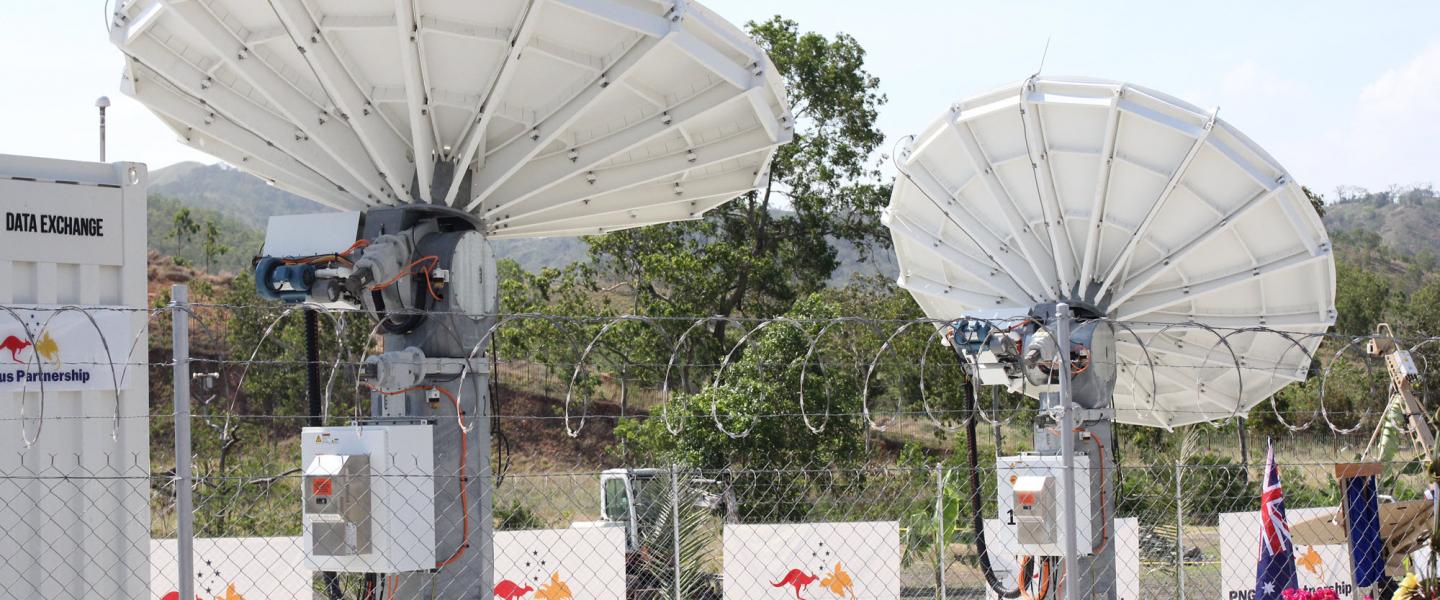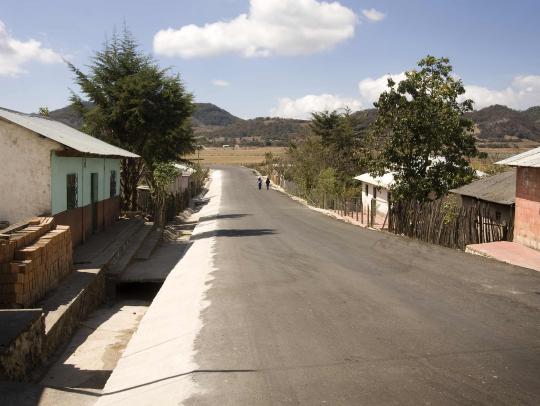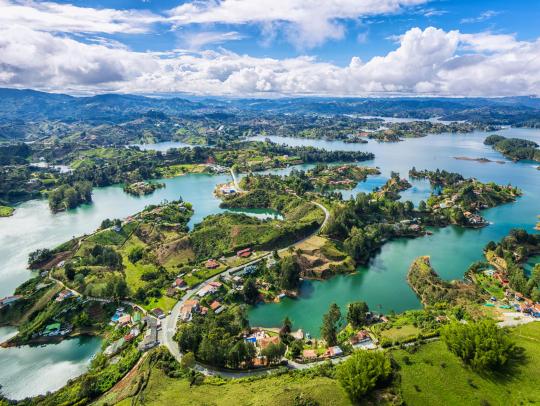SES: Moving PNG towards a new Digital Future

- Author
- John Turnbull
In November 2018, Papua New Guinea played host to delegates, officials and international media at the 26th Asia-Pacific Economic Cooperation (APEC) Summit.
The communications demands of the event were massive, from secure government-to-government communications and ‘live’ media broadcasts, to the specialised needs of land, sea and air forces synchronizing security around venues and meetings.
To meet these demands, SES Networks was appointed by our local partner DataCo, with the support of the Australian Government, to provide managed data services during the event. DataCo was established by the Papua New Guinea government in 2014 to transform the nation’s communications landscape.
Pre-APEC, capacity from the nation’s two submarine cables was already being boosted by additional capacity from SES’s O3b Medium Earth Orbit (MEO) satellite constellation. However, it was not enough to meet the expected demand during the forum for uninterrupted, high-speed, low-latency connectivity.
Working with DataCo, SES audited, designed, and installed systems that delivered an additional 8Gbps of high-performance capacity in a space of just five months. We also put in place a new core network for DataCo featuring state of the art security technology. It offers secure and near-instant access, and constant caching for a better user experience.
It was fitting that this boost took place within the context of a forum aimed at improving connectivity and digital inclusion – this year’s APEC theme is “Harnessing Inclusive Opportunities, Embracing the Digital Future”. As the spotlight shines on connectivity and digital inclusion, it highlights an opportunity for Papua New Guinea to secure its own communications future – and illustrates a role for satellite-based network capacity in that future.
Beyond APEC: What’s next for PNG?
For Papua New Guinea, the need for improved connectivity is critical – both for advancing economic growth and to allow the country to participate in an increasingly digital global marketplace. According to the World Bank, improved internet access and connectivity could increase GDP in the Pacific by more than US$5 billion and add close to 300,000 jobs in the region by 2040.
The question then, is how best to provide fast and reliable connectivity to the nation?
Currently, Papua New Guinea’s two submarine cables provide 2.5 Gbps of capacity to its population of 7.6 million. According to Australian think tank Lowy Institute, demand is expected to exceed 450 Gbps by 2040. And with growing bandwidth usage will come higher reliance on high performance connectivity.
A key development on this front has been the construction of the Coral Sea Cable System, an undersea fibre optic cable connecting Australia to Papua New Guinea and the Solomon Islands. The four fibre-pair international system will deliver a minimum of 20Tbps capacity to Papua New Guinea and Solomon Islands respectively, a total capacity of 40Tbps. This will significantly augment Papua New Guinea’s existing submarine cable capacity. Scheduled to be ready for service at the end of 2019, it will provide a much needed boost to capacity and connection speeds.
However, like most undersea cable systems, it has limitations, including vulnerability to fibre cuts. Globally, there are over 100 fibre cuts each year, each taking an average of 15 to 30 days to repair, and seriously hindering government, business and personal communication.
For a country prone to a wide range of natural disasters, uninterrupted connectivity is that much more important. This came into sharp focus earlier this year when a 7.5 magnitude earthquake struck the country’s Hela region, and disruptions to communications hampered rescue and relief operations.
Diversified systems ensure 100% uptime for vital communication infrastructure.
Satellite tracking terminals set up for APEC remain in place and can be used to access internet capacity via satellite network systems. Managed services can scale capacity to meet demand – as in the case of APEC, where capacity was more than doubled. SES Networks’ O3b fibre-like connectivity delivers connectivity comparable to fibre over the only MEF-certified satellite-based network in the world.
In fact, it has already transformed the connectivity landscape in the Solomon Islands, Palau and Cook Islands.
The right communications mix
Since 2013, SES Networks has been involved in supplementing Papua New Guinea’s existing systems with high-performing capacity from its O3b MEO satellite constellation.
During the APEC forum, delegates and residents had the opportunity to “test drive” what satellite systems can offer. Businesses, hospitals, schools and ordinary residents were also able to access the fast and reliable connectivity that many parts of the world take for granted.
Going forward, a diversified network routing over both satellite and fibre can continue to offer high-speed, high performance, reliable and secure connectivity that will allow the nation to experience a more inclusive digital future, and embrace opportunities that the information age can offer.
[1] http://pubdocs.worldbank.org/en/471591499149365351/pp-ICT-Revolution.pdf




